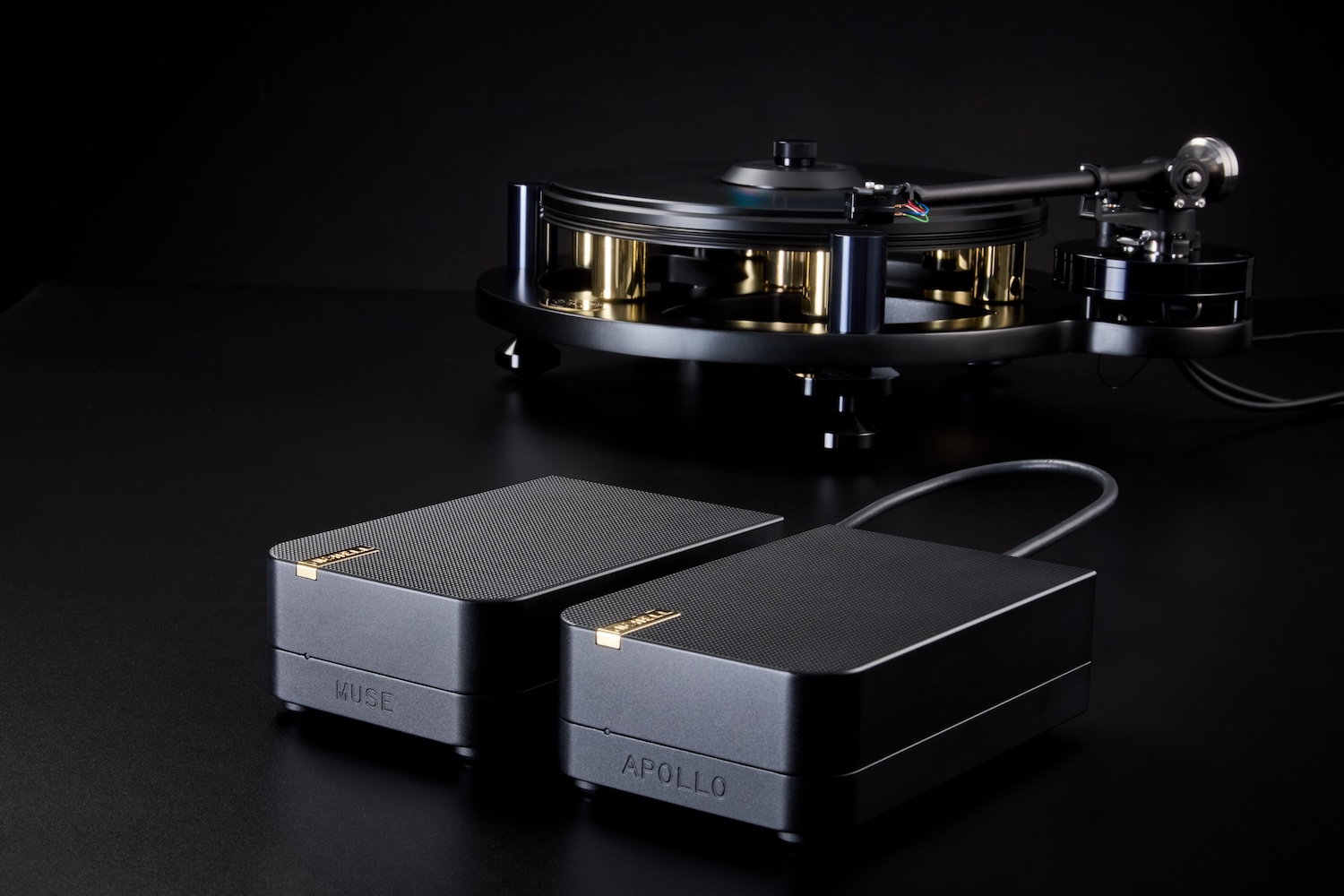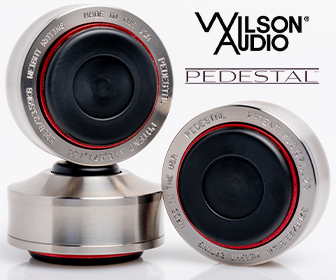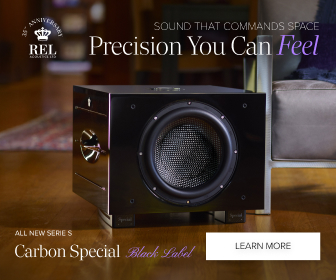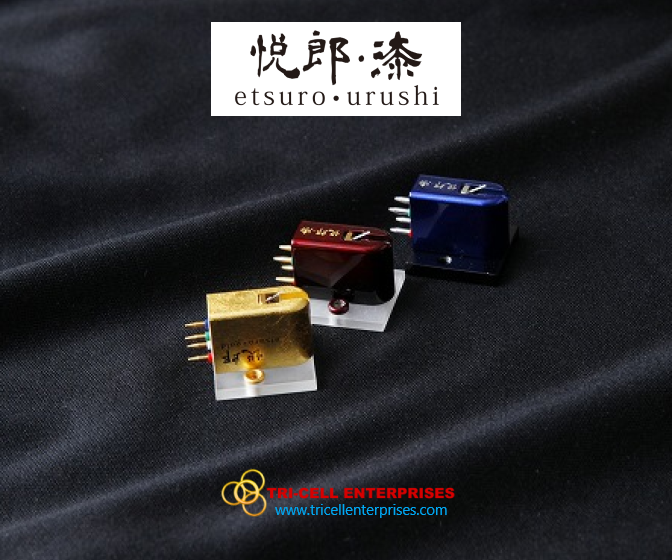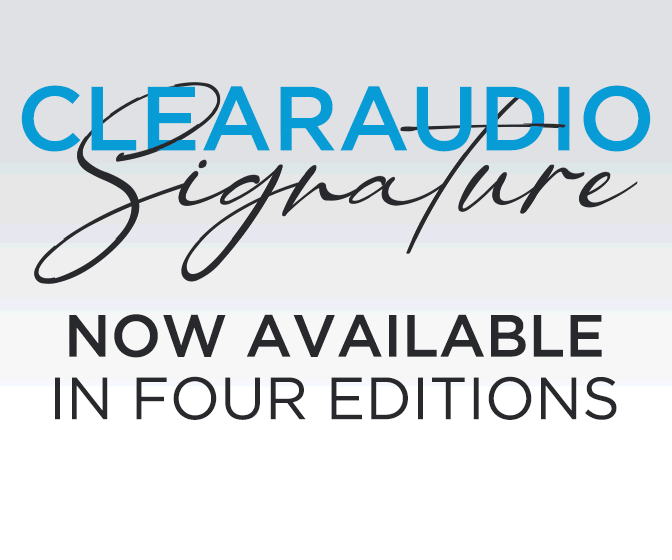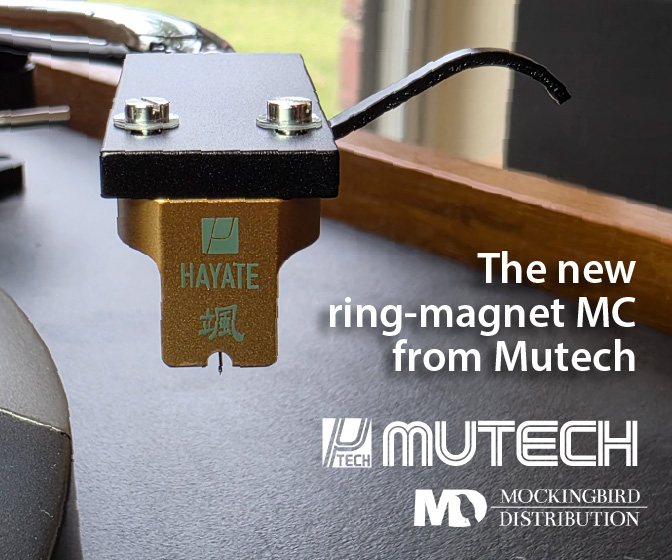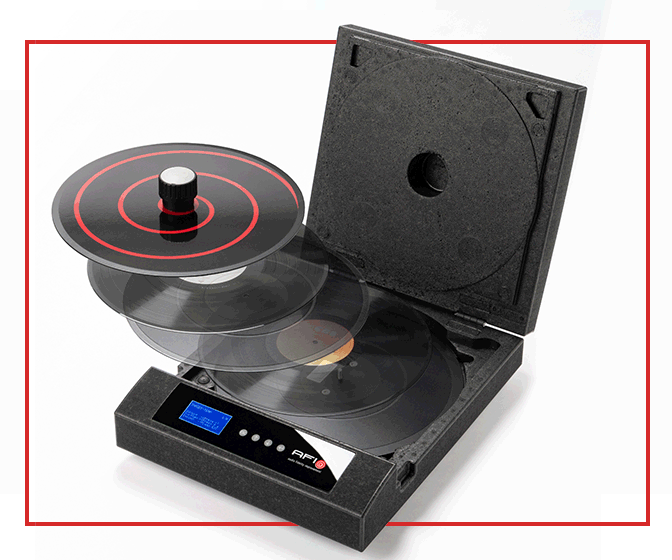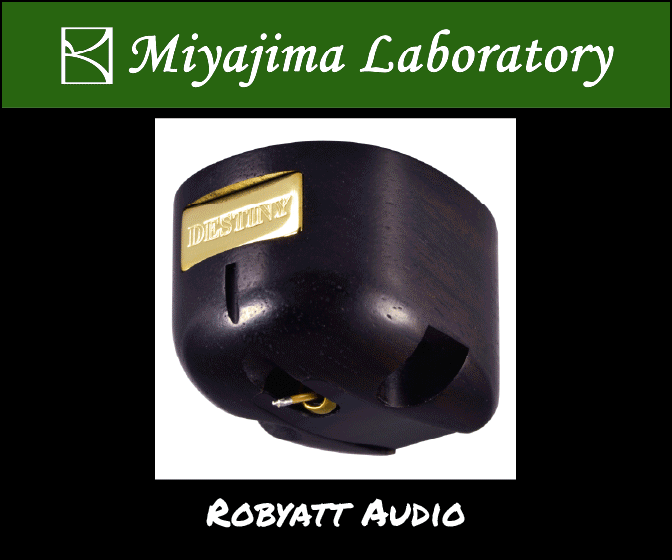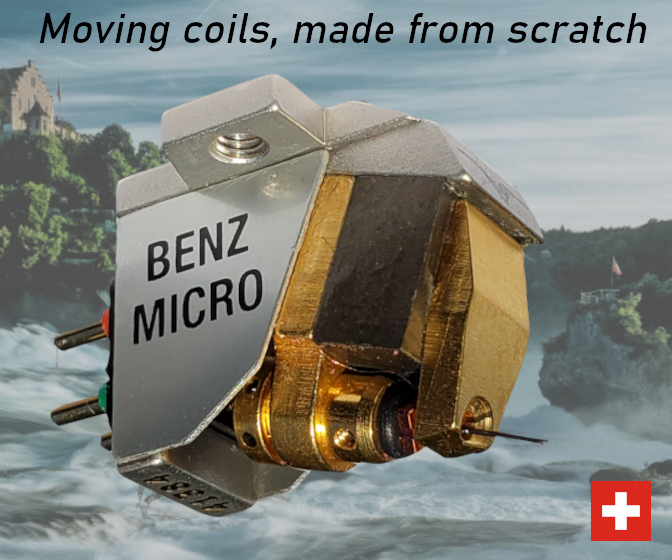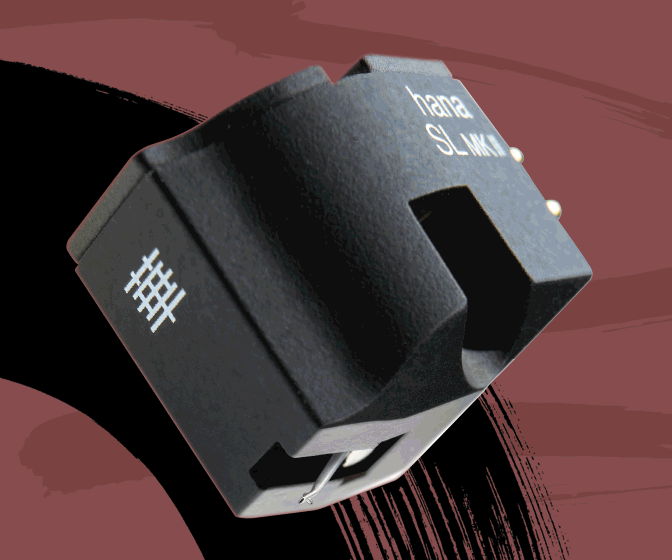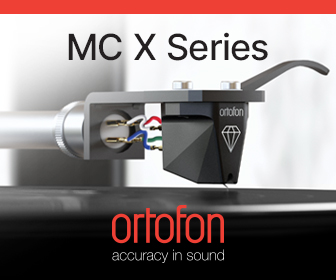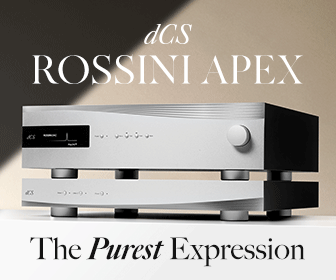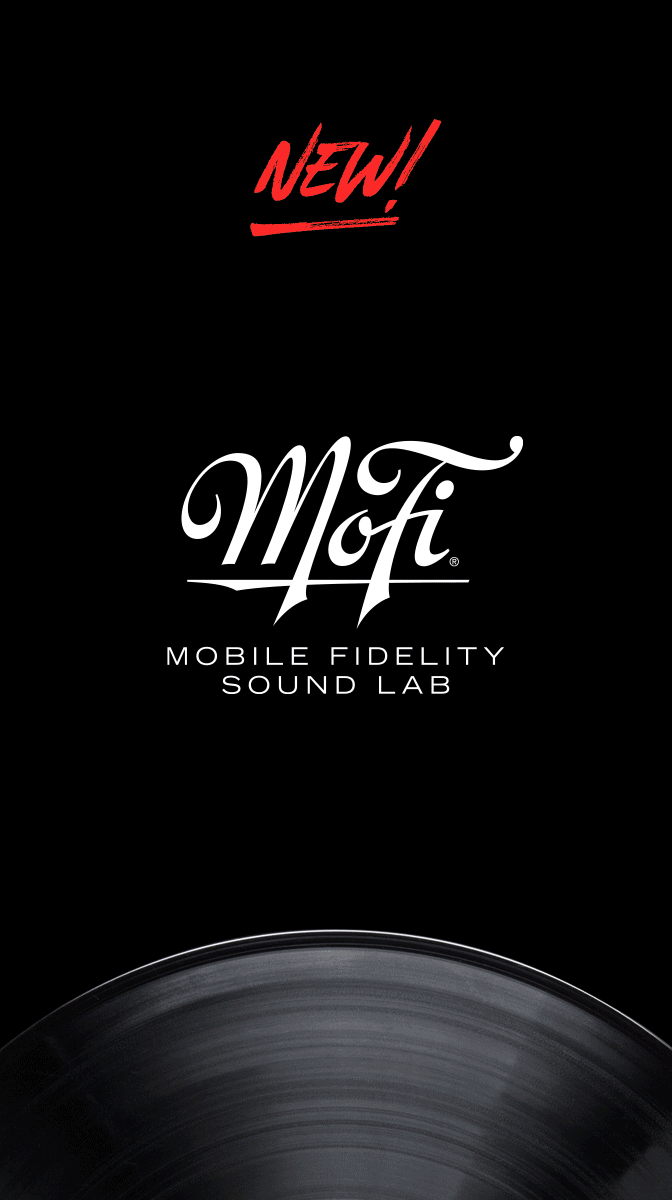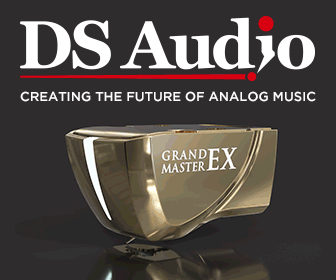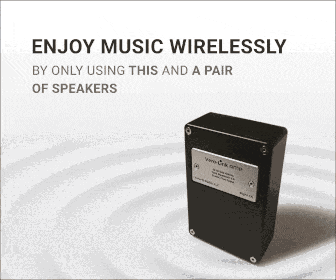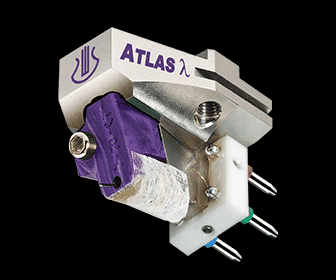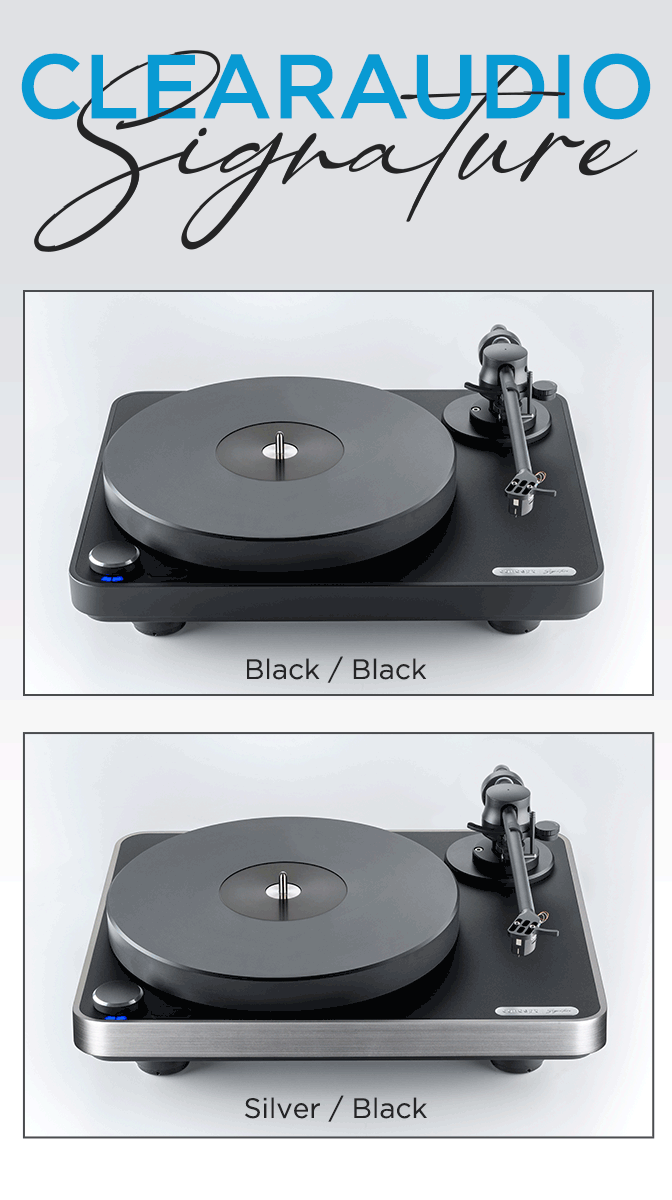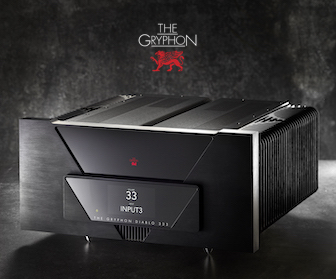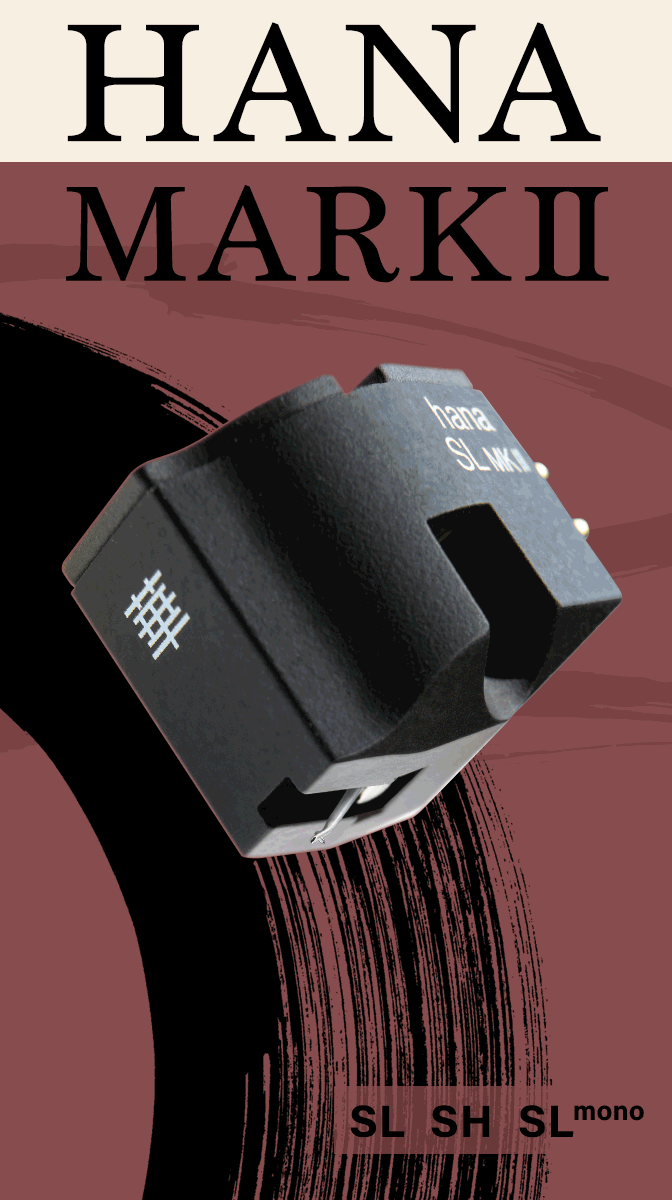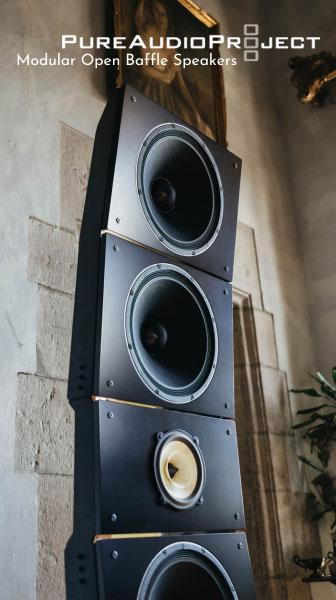Michell Audio Apollo phono preamplifier and Muse power supply
our man in the U.K. delivers background not likely to come from a Yank
Michell is a name that’s primarily associated with turntables, John Michell was the engineer who made turntables for Transcriptors in the early days and started building his own models in 1976. Michell remains one of the longest running independent turntable companies but it has plenty of experience with electronics. The first example was the Michell Iso distinguished by a black acrylic case and a distinctly fast and engaging sound, that phono preamp was designed for the company by Graham Fowler and Tom Evans of Trichord, the Iso lives on in spirit at least as the Tom Evans Micro Groove but it is Graham Fowler who created the range of electronics that were sold under the Michell brand in the nineties and beyond.
Michell’s return to phono amplification is the Apollo and Muse power supply ($4,000), this looks very similar to Trichord’s short lived Neo and CM-PSU that never went into production as Trichord stopped building electronics shortly after its launch. But the Michell Apollo carries the flame for Graham Fowler’s circuitry. When I spoke to Michell MD Jonathan Nye he explained that the Apollo is not simply a rebadged Neo but an upgraded version with higher quality components.
Under the lid the Apollo uses class A preamplification and gain stages, passive RIAA, hand matched components and has regulation and feedback in each stage in order to keep distortion to a minimum. The Muse power supply is based around a low noise toroidal transformer, uses dual filtration and is designed to produce a clean and stable supply for the Apollo, the fact that this linear power supply is in a separate case ensures that any noise that emanates from the transformer does not pollute the signal path.
The casework is particularly distinctive both in appearance with the waffle pattern cut into the top and in construction. Apollo and Muse have a clamshell construction made up of top and bottom halves that are machined out of aluminium and which are tightly fixed together in order to create a Faraday cage to keeps RFI and EMI noise away from the sensitive circuitry. There is no gasket between the two halves, it’s a metal on metal joint which has to be precision machined to achieve a good fit.
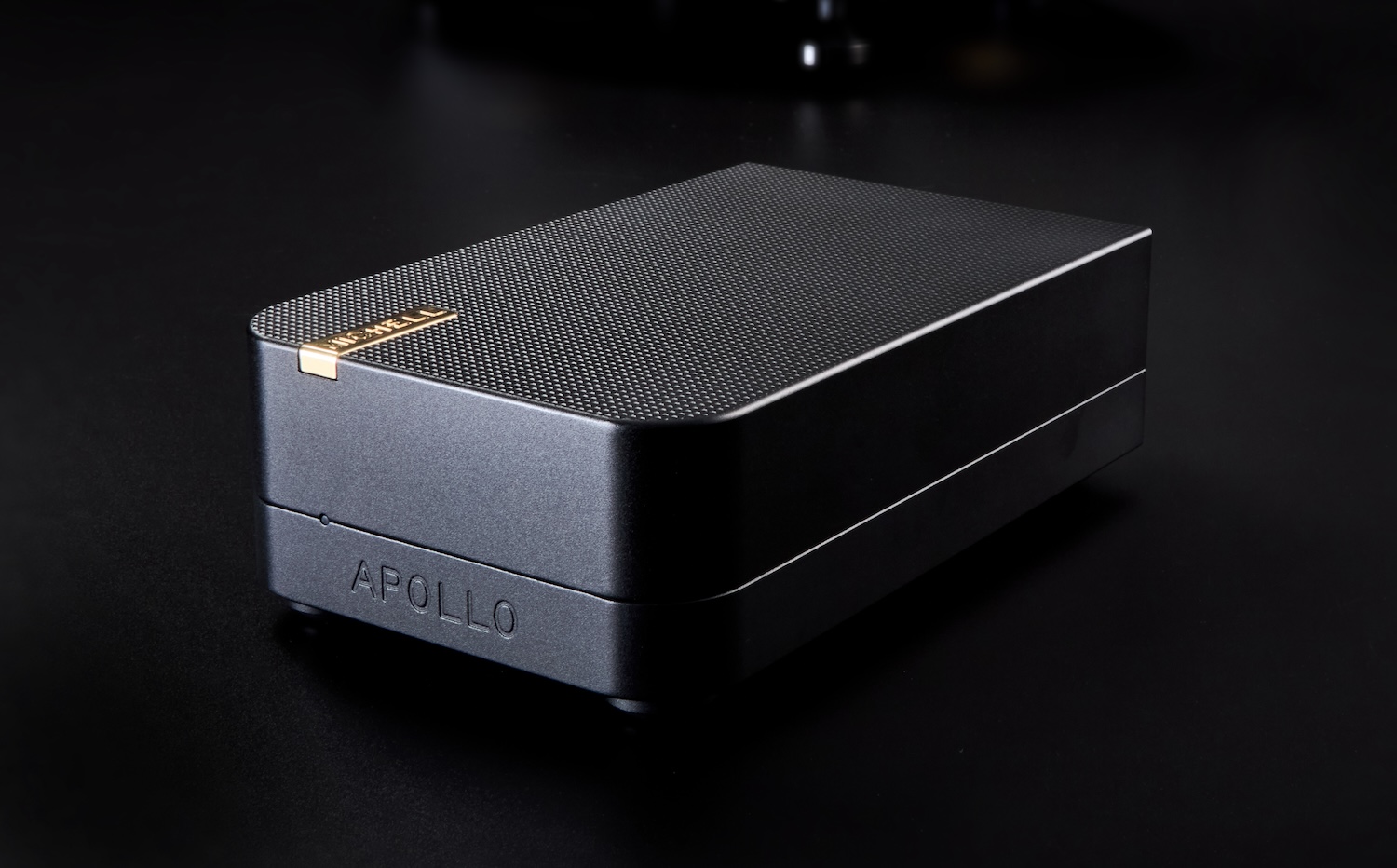
Like all Michell products the Apollo and Muse are made in the UK and assembled at the company’s headquarters in north London. The styling of the casework was done by Graham Fowler and Michell, the inset brass badge being the latter’s idea and one that gives this pairing a classy look and feel. I also particularly like the way that cups of a sort are machined into the base which accept the rubber feet.
The base of the Apollo is printed with a range of load and gain settings that relate to DIP switches hidden beneath a panel. This panel is held in place with a brass thumbscrew that’s made in-house and adds to the tactile appeal of the component. As the DIP switches are quite small things Michell provides a stylus with which to change their settings, a nice touch that saves you having to dig out a small screw driver.
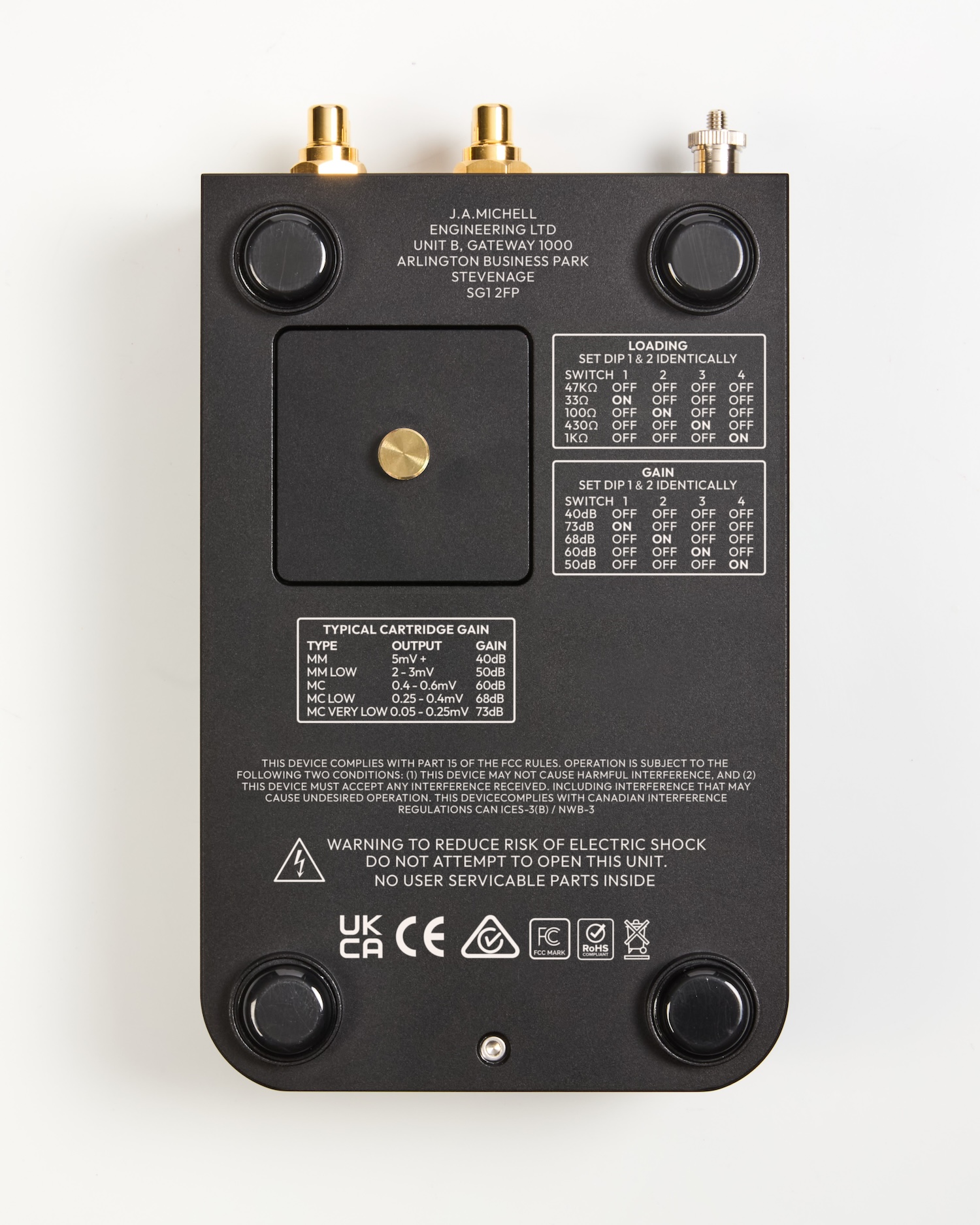
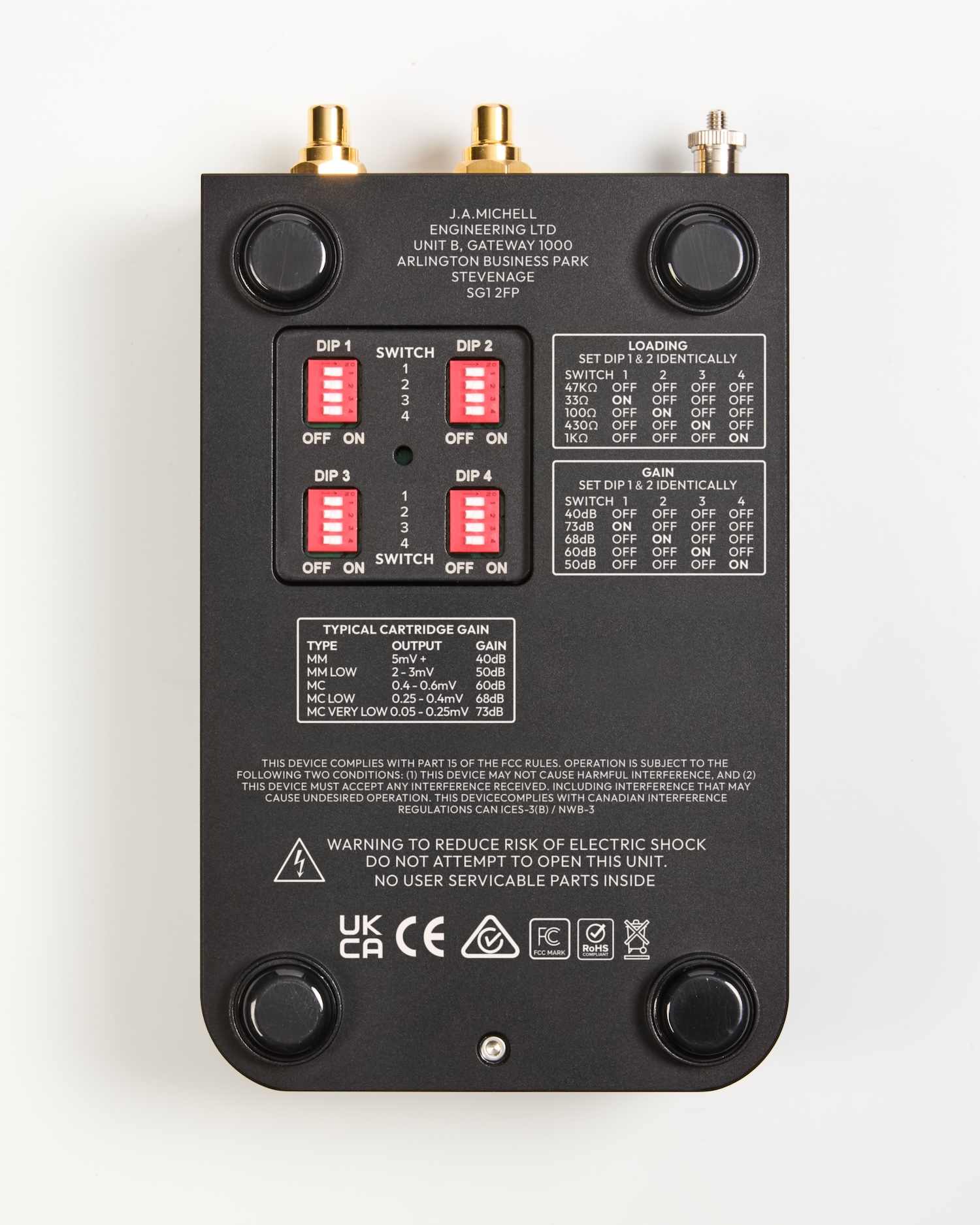
The range of settings is broad but not excessive, load relates to impedance only and the options run from 33 Ohms to 47kOhms in five steps, gain spans 40dB to a high 73dB in another five steps. There is no option to adjust capacitance which is fixed at 100pF but the load and gain options include typical settings for moving magnet cartridges in the 47kOhm impedance option and the two lowest gain settings, so the Apollo is suited for use with a wide range of cartridges.
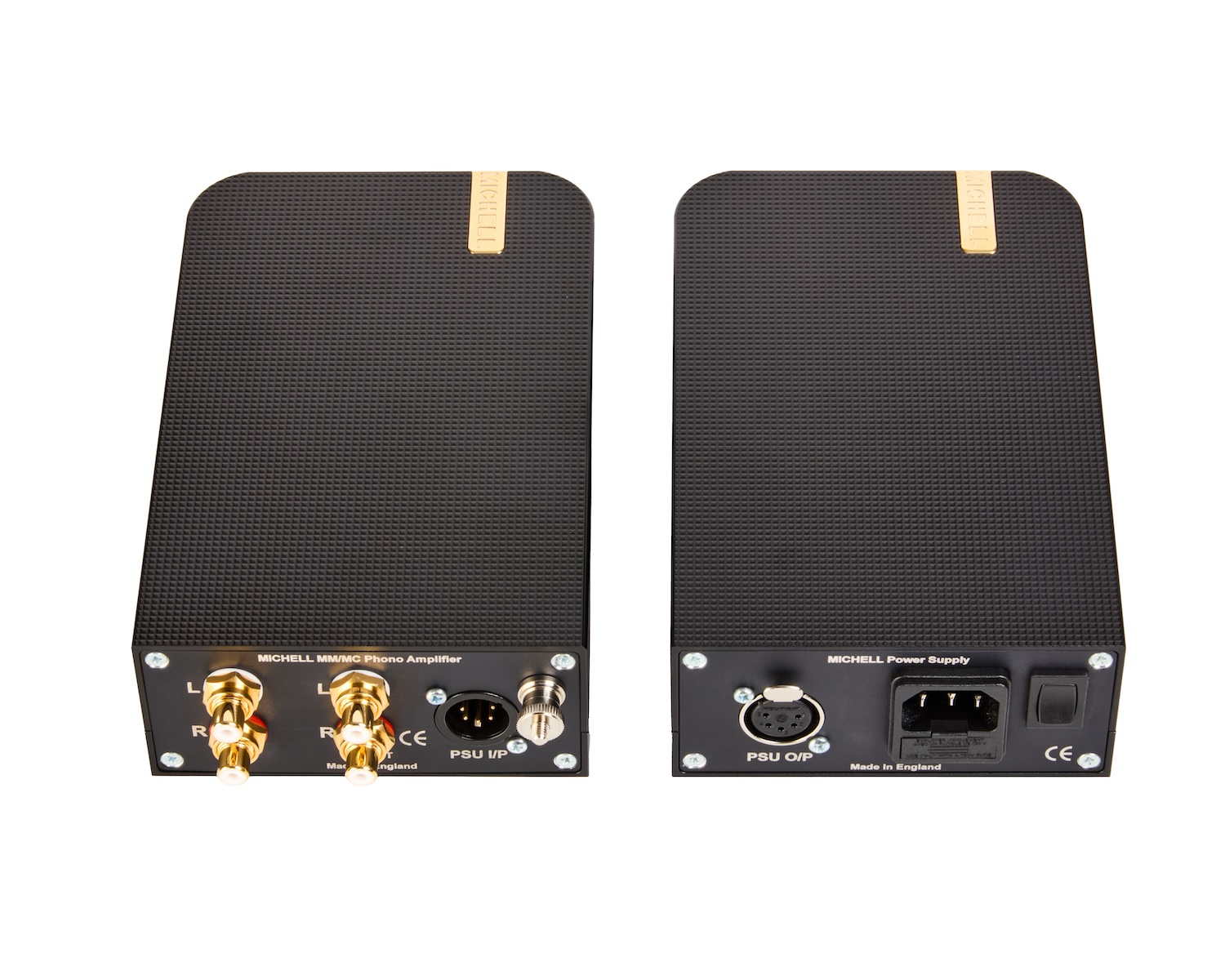
The in- and outputs on the back of the case are restricted to RCA phono connections of the good quality variety with a ground point to one side of the 5-pin power supply inlet. Michell have gone to some length to find a high quality connecting cable, outsourcing production to a well established British cable company. The cable is shielded with high density tinned copper, uses FEP insulation and has ChorAlloy plated XLR connectors. That last name giving away the game as far as who makes it is concerned if you are familiar with cable branding.
Sound Quality
Listening commenced with a Skyanalog Ref MC on the Rega Naia, this has a typical MC output of 0.35mV and a predilection for loading in the region of 100 to 330 Ohms. I set the Apollo to 60dB gain and 100 Ohms impedance and noticed that it has a lot more gain than the Grimm PW1 I had been using before even though that was set to 68dB. The sound that Apollo and Muse produce is powerful with lots of drive, the bass in particular is more robust than both the Grimm and the Tom Evans Groove SRX that I usually use, and this makes for highly engaging listening with a variety of styles of music not least rock and jazz.
It’s not rolled off in the highs either, there’s lovely cymbal shimmer on Bugge Wesseltoft’s ‘JazzBasill’, with lots of air around the instrument and a big open picture of this particular trio.
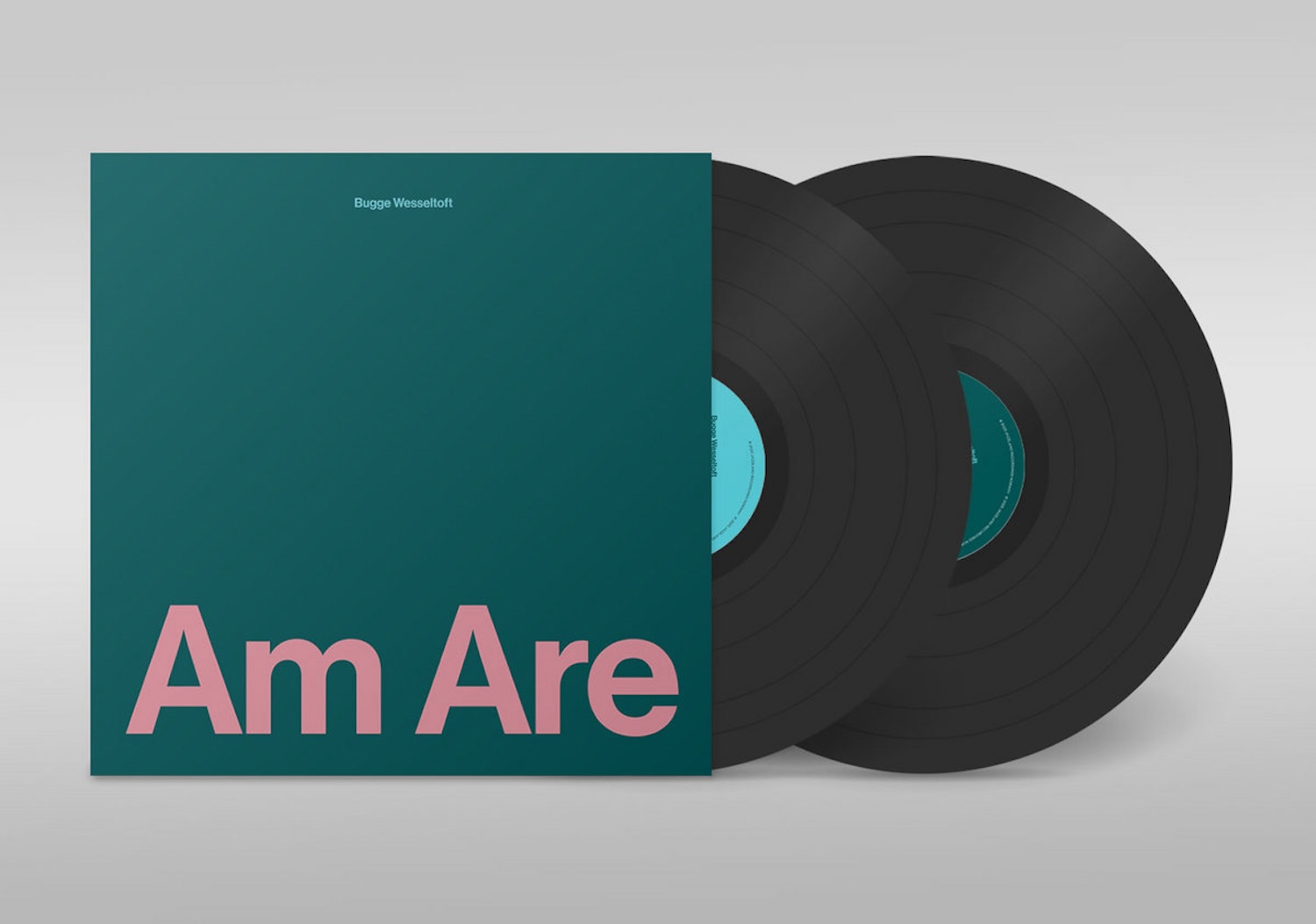
I was impressed by the way it picked out quiet details like the piano pedal while simultaneously presenting a solid, physical sound from the more up-front elements in the mix. Energy is in plentiful supply as well, live recordings really benefit from its ability to pick up on the dynamics of a well captured performance, with drums being particular beneficiaries thanks to their inherent acoustic power.
Switching to an old pressing of Blonde on Blonde (I have been on a Dylan jag since watching "A Complete Unknown", it can be addictive), the full raucous energy of the recording is presented in vibrant fashion. The brilliance of the work is abundantly clear along with the youthful vigour of the musicians involved, then we got to ‘Visions of Johana’ and I was hooked, for several days. Another fairly ancient pressing in the form of Jimi Hendrix’s Band of Gypsys also proved a pretty powerful experience, especially ‘Power of Love’ where Hendrix appears to create nuclear fission with his guitar. The Apollo revealing that while the recording can barely cope with the energy it’s being fed the musicianship is as precise as you like, it makes you wonder whether this artist would have had the impact he did in the age of polished digital recording (of course he would!).
I tried the next load setting up from 100 Ohms which is 430 Ohms so a little higher than this cartridge prefers, this resulted in a brightening of the balance but not one that enhanced the result with records like the Hendrix so I went back to 100 Ohms. Experimenting with gain and switching up to 68dB does what you might expect and increases the energy. While this was already a strongpoint adding a little more did nothing to harm things and I had to stick the Dylan on again. Once more the raw, thin sound of the guitars, keyboards and vocal blew me away but it felt like a little more depth of sound was coming through.
Moving back to my regular MC, the Rega Aphelion 2, once again reiterated just how full, juicy and warm the mid and bass are on the Apollo. It’s not soft or wallowy, there’s plenty of control but also plenty of body which is a very appealing quality and one that’s rare to find with digital sources. The Naia is a very high resolution extractor of musical detail but no one would consider it fulsome or thick, with the wrong cartridge it is inclined to sound thin and etched, so a bit of bass reinforcement is welcome. And with the Apollo it boogies like there’s no tomorrow, it does immediacy, dynamics and imaging to die for as well as all the low level detail that makes vinyl sound so much more real than the alternatives.
The immense subtlety of Herbie Hancock’s playing on the version of ‘Court and Spark’ he made with Norah Jones is brought to the fore, that alongside the slightly noisy nature of the pressing which doesn’t often raise its head. A great recording like this really shows off what the Apollo can do when it comes to depth of soundstage and the placement of instruments and voices within it, to call it sonic holography is not going too far. I was using Perlisten S7T LE speakers at this point and they are clearly very strong in this respect, but you don’t get the result without the signal and the Rega front end plus Apollo and Muse should get the credit here.
Conclusion
I have lived with Trichord phono preamps in the past but to be honest they weren’t as good as this, mind you I didn’t have such a remarkable turntable either, everything changes but I suspect that this is the best example of the phono amplification art that Trichord have made. And as it’s a Michell you get the backing of a well established brand with a strong heritage in turntables and ancillary electronics, the Apollo and Muse are not only an excellent phono preamplifier pairing, they come from a company that will be there in ten years time should a service be required.
I enjoyed excellent results with the Apollo and Muse and suspect that it will suit a great many cartridges and systems, it has enough settings to accommodate the majority of MM and MC cartridges and its build quality is first class. Small it may be and beautiful it certainly is, in both sonic and aesthetic respects.


